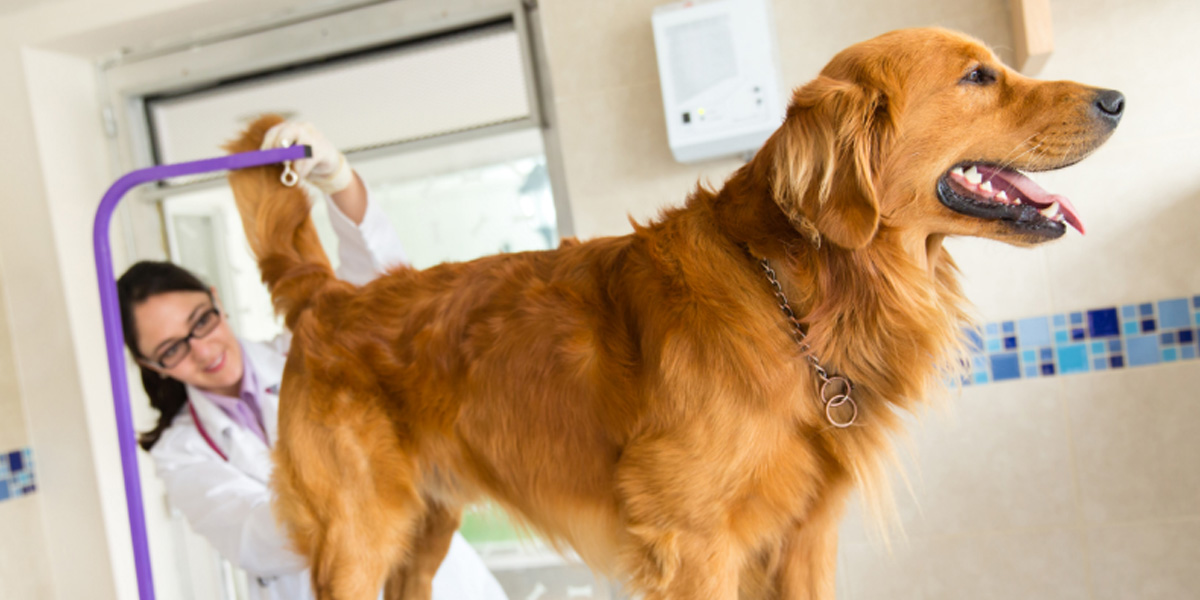
Save 35% with AutoShipUse code SAVE35 (Up to $20 max. Exclusions apply)

SAVE AN EXTRA $5 - $20 OFFUse code PETS in cart (Exclusions apply)

While efforts are made to answer all questions as quickly as possible, if an immediate answer is required or if your pet is in need of urgent or emergency care, contact your pet's veterinarian immediately.

You will receive an answer from Dr. Lindsay and our vet/tech team as soon as possible, usually the same day.
All answers are provided for informational or educational purposes only, and are intended to be a supplement to, and not a substitute for, the expertise and professional judgment of your pet's veterinarian.
It may be necessary to consult your pet's veterinarian regarding the applicability of any opinions or recommendations with respect to your pet's symptoms or medical condition.
Close
An error has occurred, please reload the page and try again.
CloseWhile efforts are made to answer all questions as quickly as possible, if an immediate answer is required or if your pet is in need of urgent or emergency care, contact your pet's veterinarian immediately.
There is no answer related to your question

Pyometra is a life-threatening uterine infection in unspayed female dogs and cats. Learn about the symptoms, diagnosis and treatment of pyometra, and how you can protect your cat or dog from this serious infection.
“Pyo” in medical terms means “pus,” and “metra” means “of the uterus.” Pyometra is an infection that causes the uterus to become enlarged and filled with pus, a thick, yellowish or greenish fluid made up of white blood cells, bacteria, and dead tissue.
Pyometra can kill an animal quickly. The uterus can rupture, causing a system-wide infection and septic shock or blood poisoning. Bacteria that spreads through the bloodstream can lead to kidney failure. Thankfully, pyometra can be treated and prevented in the same way - with life-saving spay surgery.
Pyometra typically occurs about two to eight weeks after the dog or cat’s heat cycle.
When your pet is in heat, the cervix, or the passage from the uterus to the vagina, opens up to allow sperm to enter. The ovaries produce higher levels of progesterone, a hormone that signals the uterine lining to thicken to prepare for a pregnancy.
In some pets, the uterine lining becomes abnormally thick during each heat cycle, a condition known as cystic endometrial hyperplasia. Cysts form within the thick uterine lining. With each heat cycle, the condition can worsen, making your pet more susceptible to a bacterial infection.
Pyometra is usually caused by the bacteria escherichia coli, (e.coli), which normally lives in the intestines. When the cervix is open, it’s more likely that e.coli will reach the uterus. The thickened uterine lining can allow bacteria to overgrow, causing an infection. What’s more, progesterone may compromise the immune system’s ability to fight off bacteria
All of these factors are what make female dogs and cats vulnerable to uterine infection in the weeks following a heat cycle. Your unspayed pet’s risk of developing pyometra increases with age, putting them at greater risk every time they go into heat.
While young dogs and cats can get an infection after their first heat cycle, pets six years and older are most likely to get pyometra, with as many as 25% of dogs affected by age ten. Cats are less likely to be affected because they only ovulate and produce increased progesterone after an attempted mating, with around 2% of cats affected by age 13.
In very rare cases, a spayed dog or cat can develop pyometra if some of their uterine tissue was not removed during their spay. Stump pyometra, or infection of the remaining uterine stump, manifests similarly to uterine infections in intact animals and is just as serious.
If your dog or cat seems unwell, particularly a few weeks after their heat cycle, they should be seen by a veterinarian as soon as possible. Pyometra is a medical emergency that can be life-threatening if left untreated.
In pets with open pyometra, the cervix is still open, allowing pus to flow out through the vulva.
In pets with closed pyometra, the cervix is open, and there will be no visible discharge. Closed pyometra is even more life-threatening as the uterus is more likely to rupture, and it’s more likely to go unnoticed by pet parents because of the absence of discharge.
Possible pyometra is a medical emergency. If you suspect your dog or cat may have pyometra, regardless of whether you notice any pus-filled discharge or not, seek emergency veterinary care.
Pyometra is treated with spay surgery. Once the infected uterus is removed, the pet will need antibiotics to fight off any remaining infection. Treatment is usually successful when the infection is caught in time, though the illness and recovery is painful and costly.
Female dogs and cats not intended for breeding should be spayed to nearly eliminate their chances of ever developing a uterine infection. If your cat or dog is still intact, talk to your veterinarian about the best time to spay.
VISION
Every pet deserves to live a long, happy, healthy life.
 Swipe
Swipe